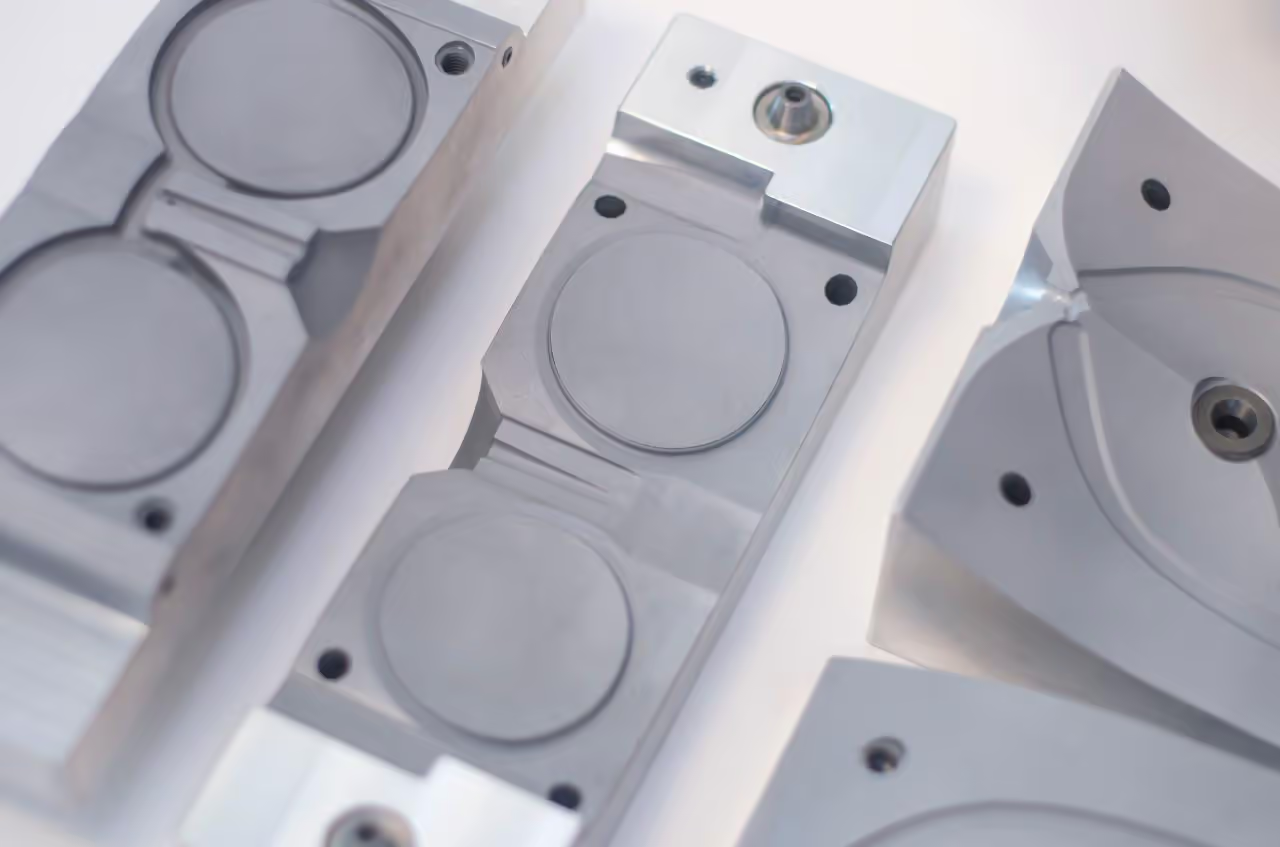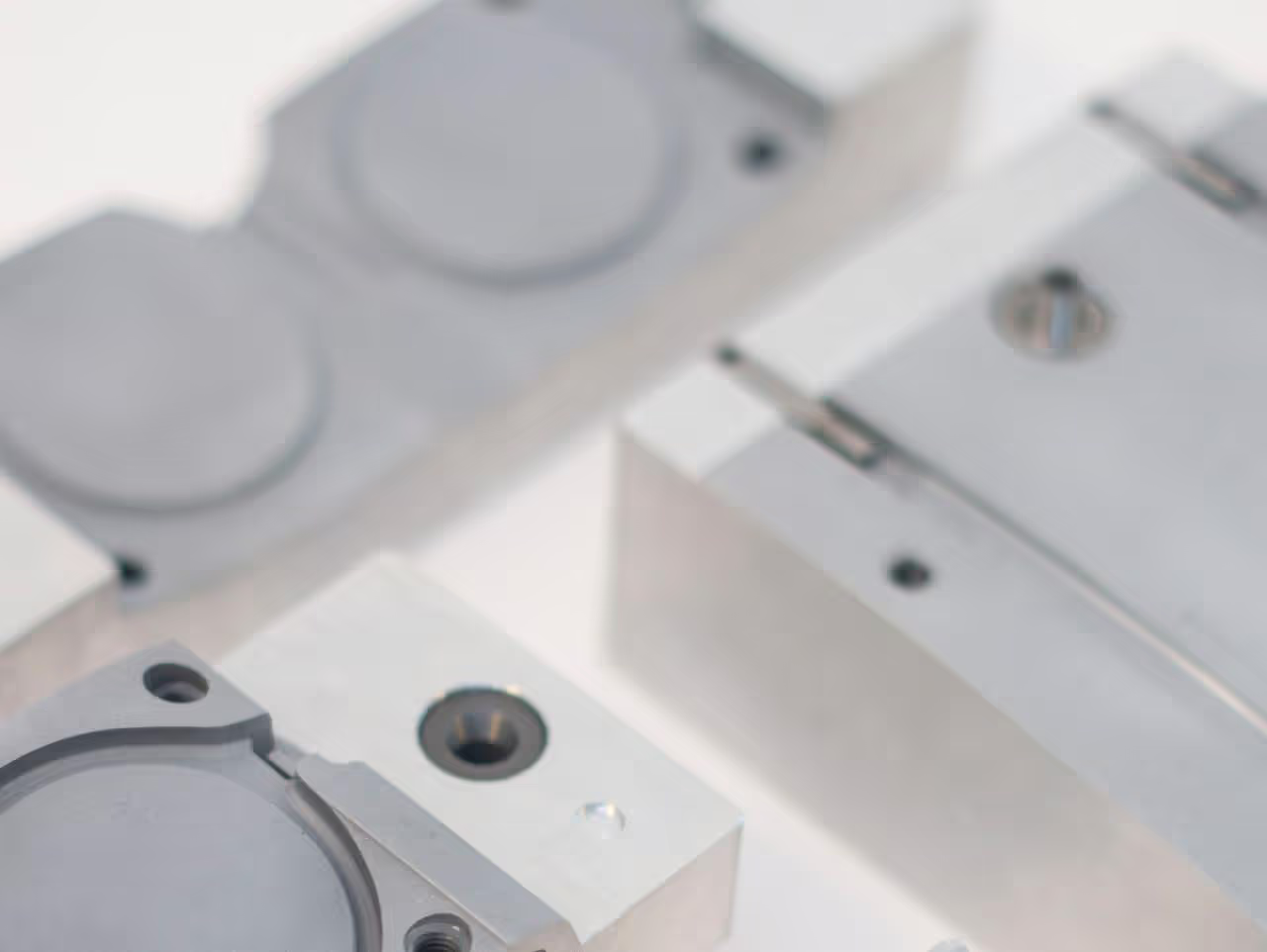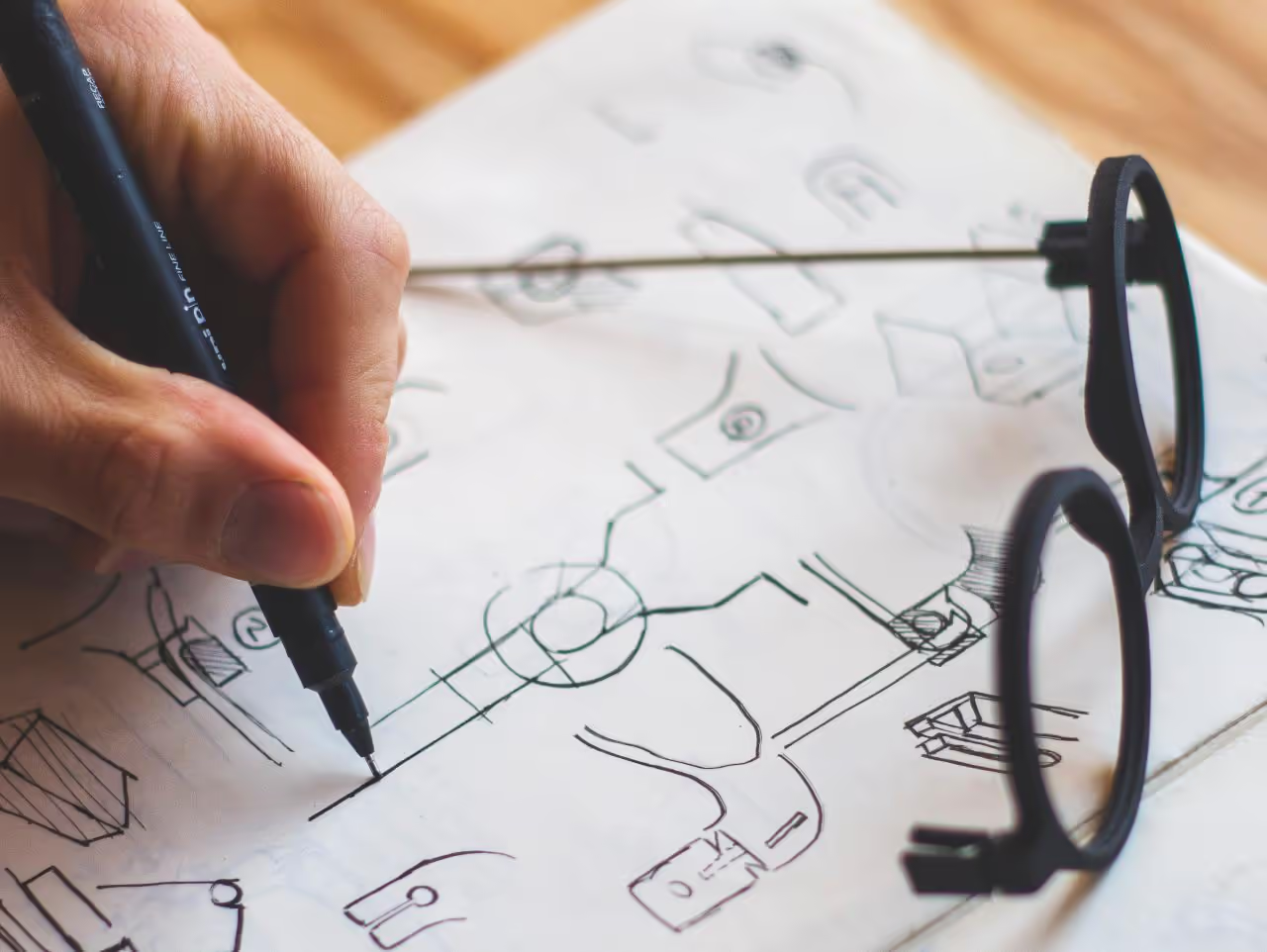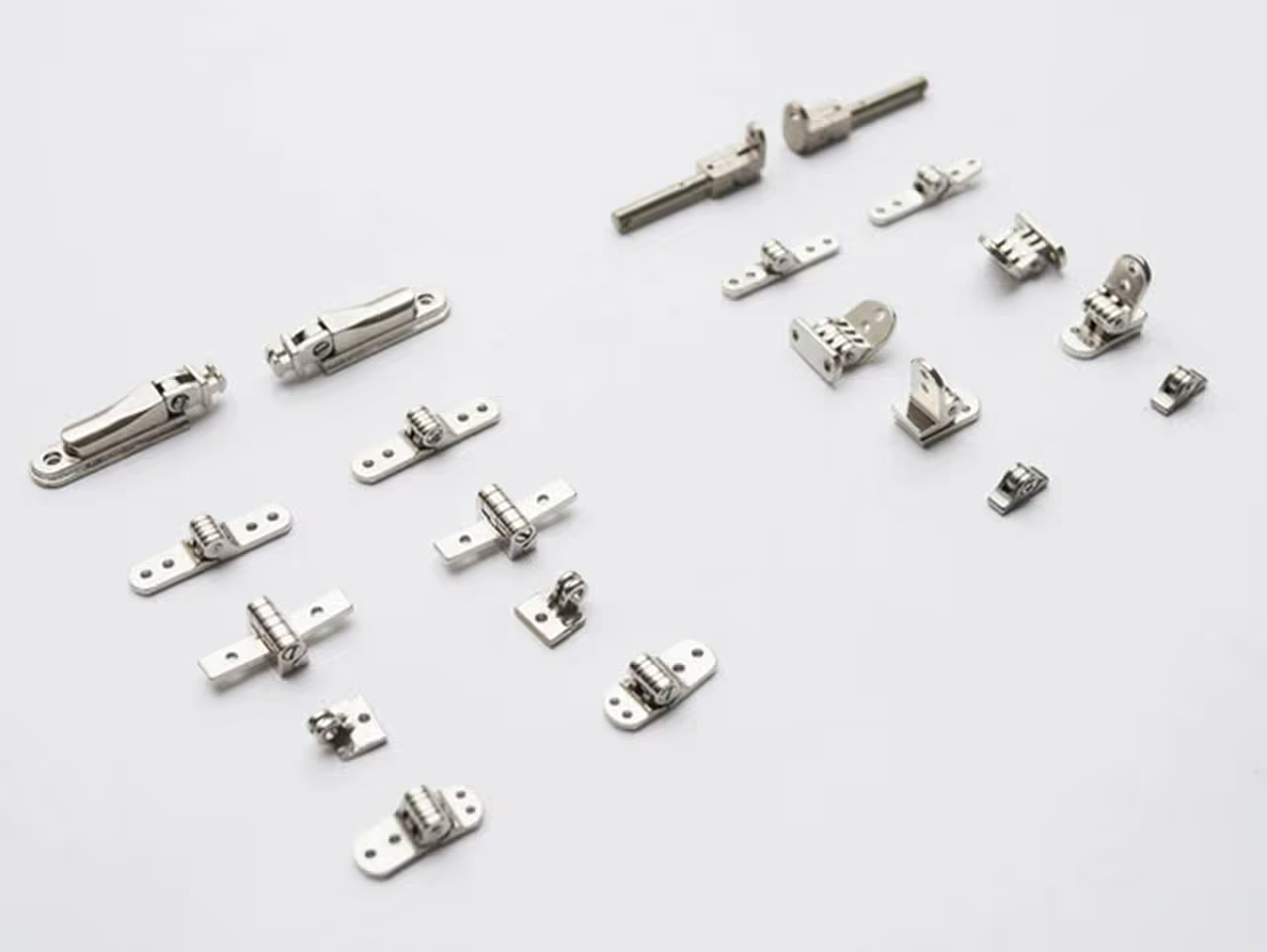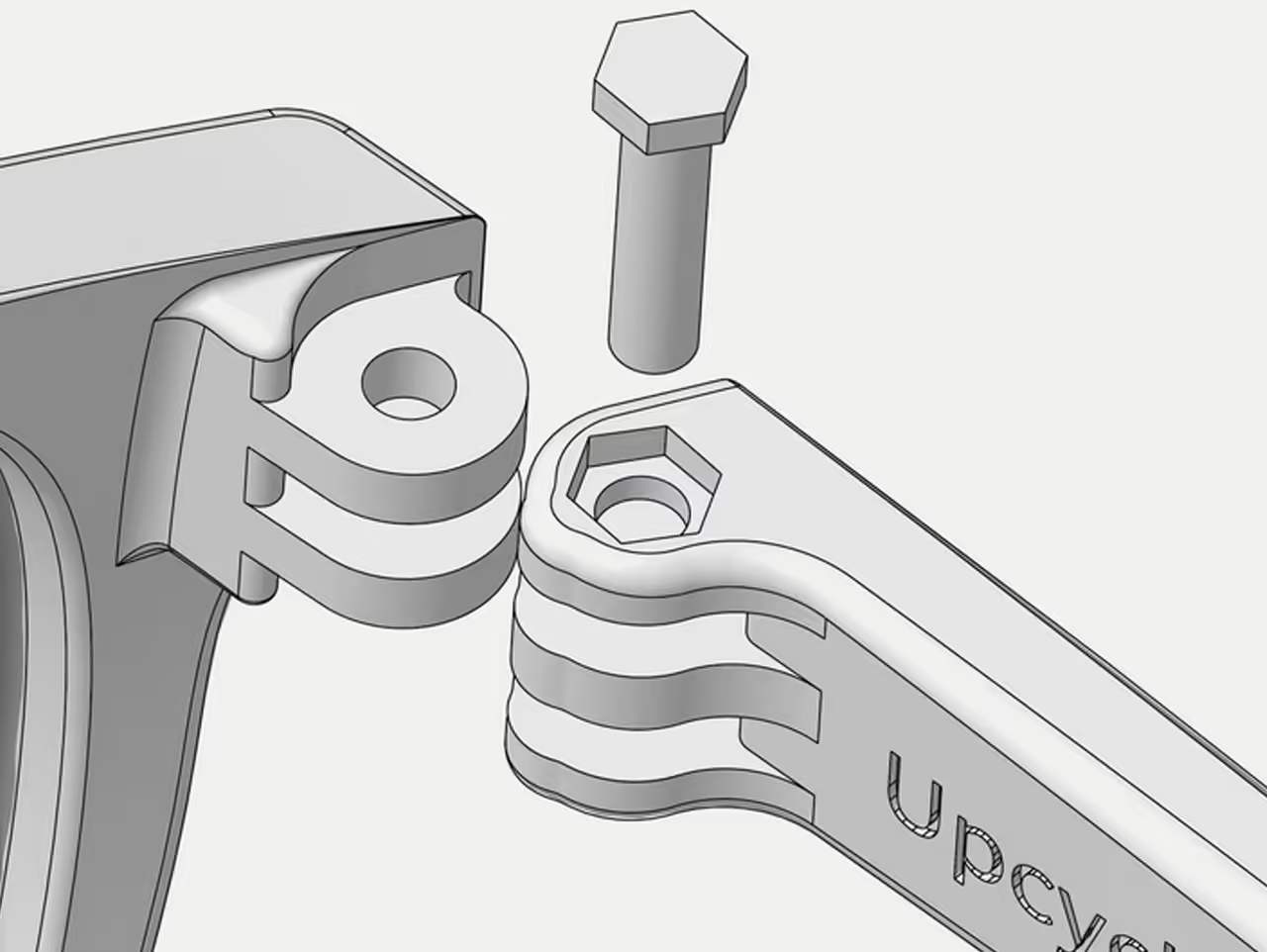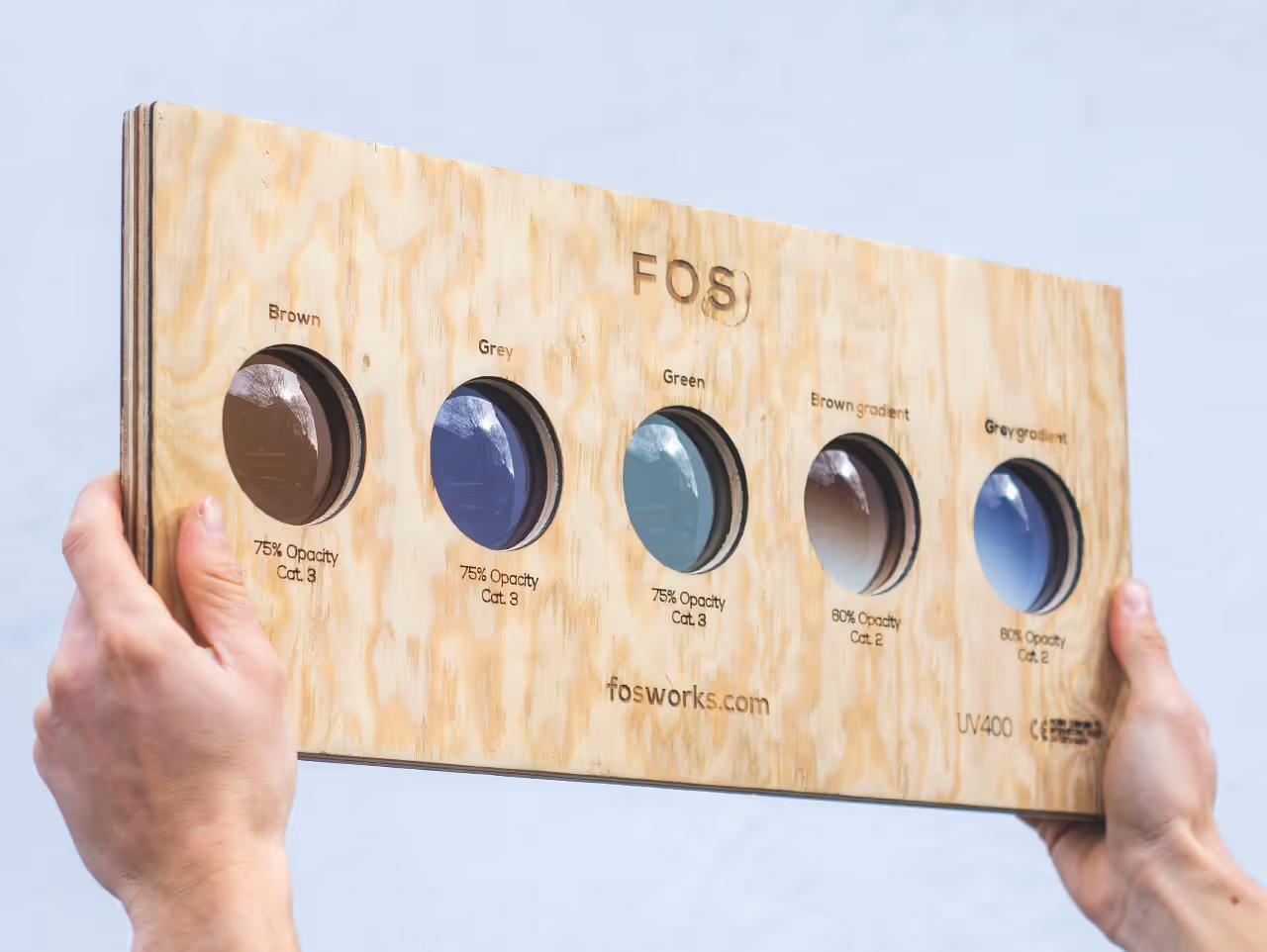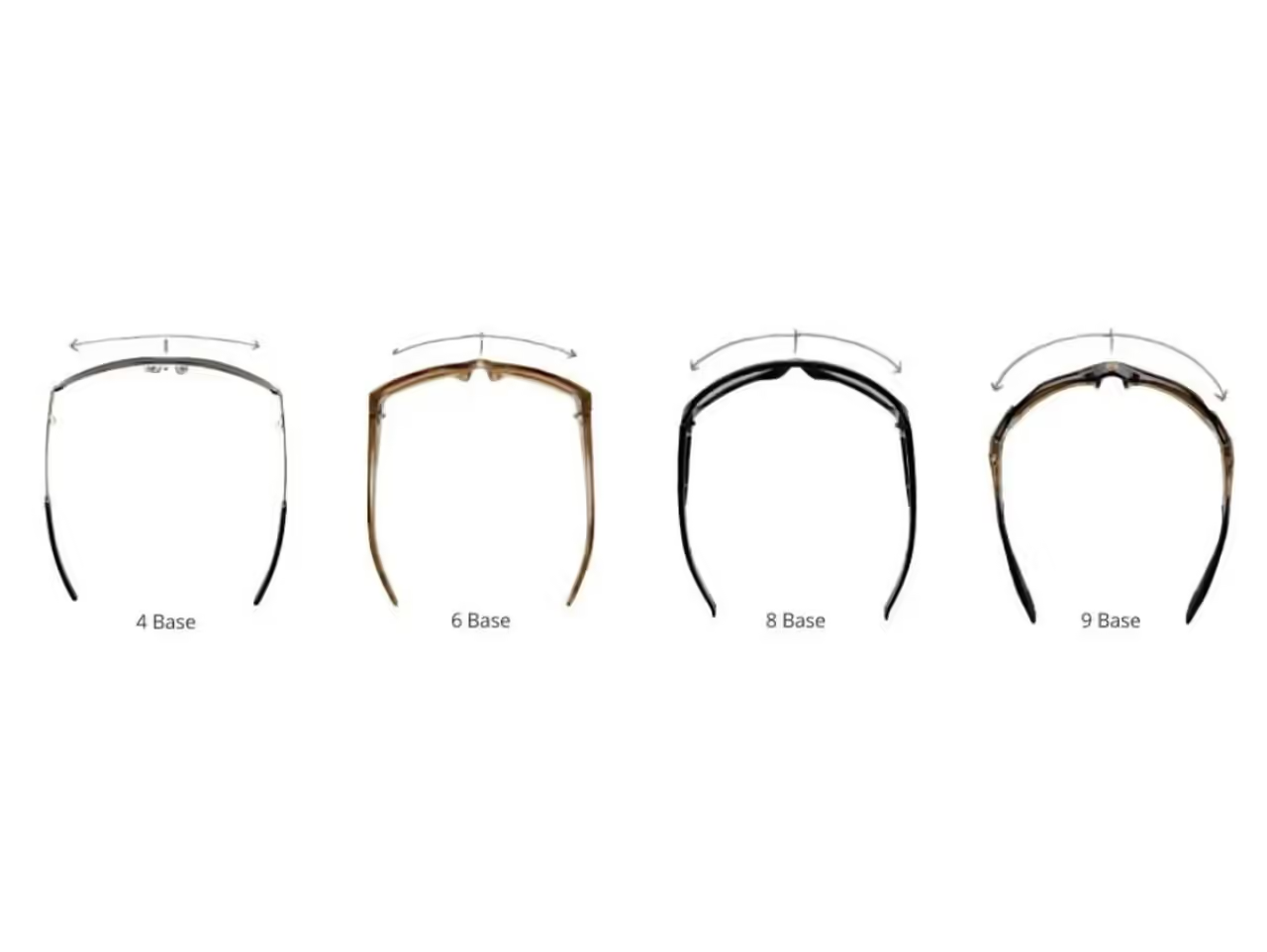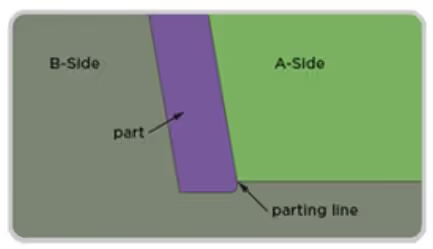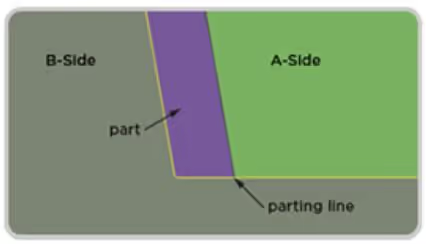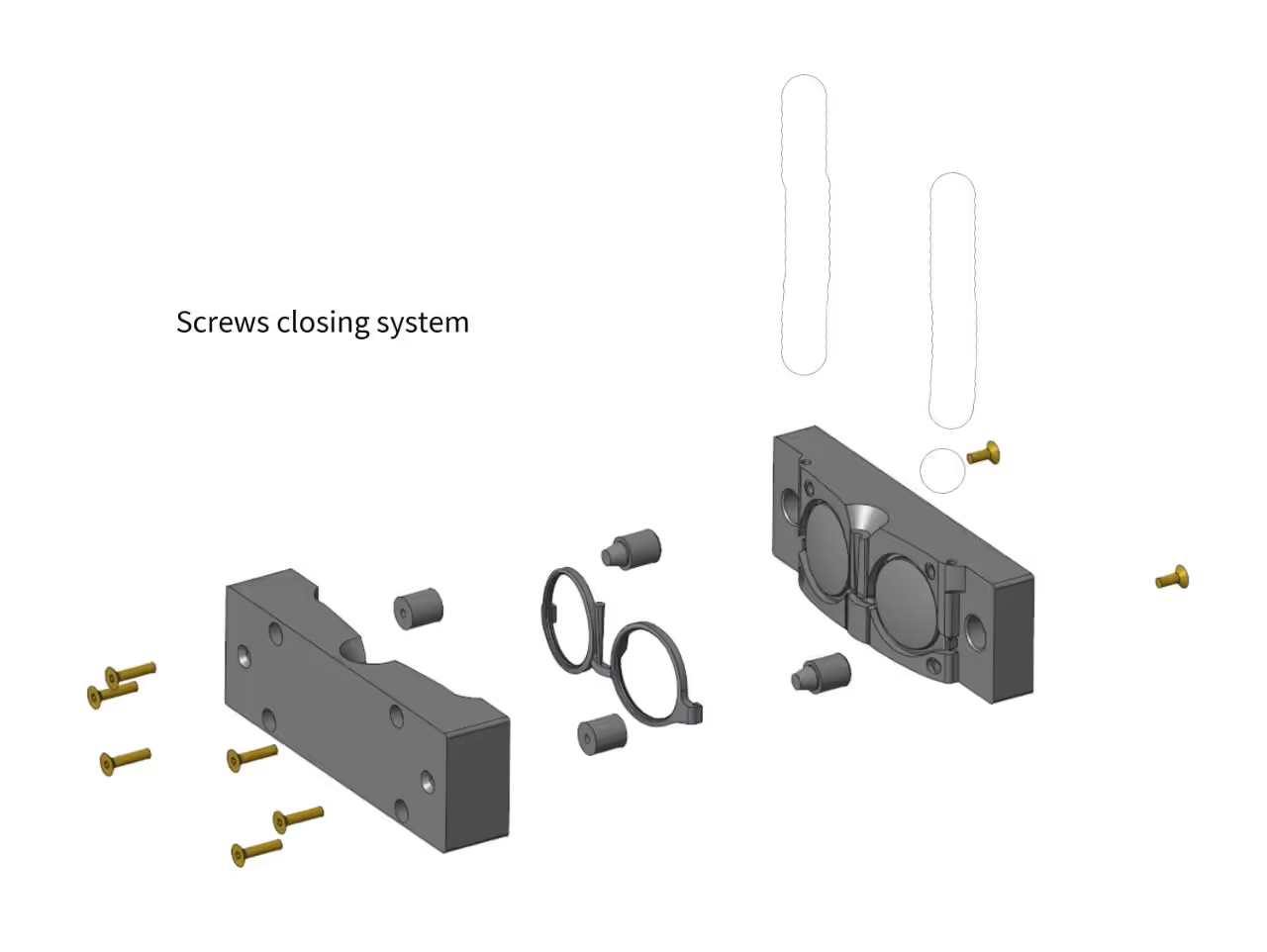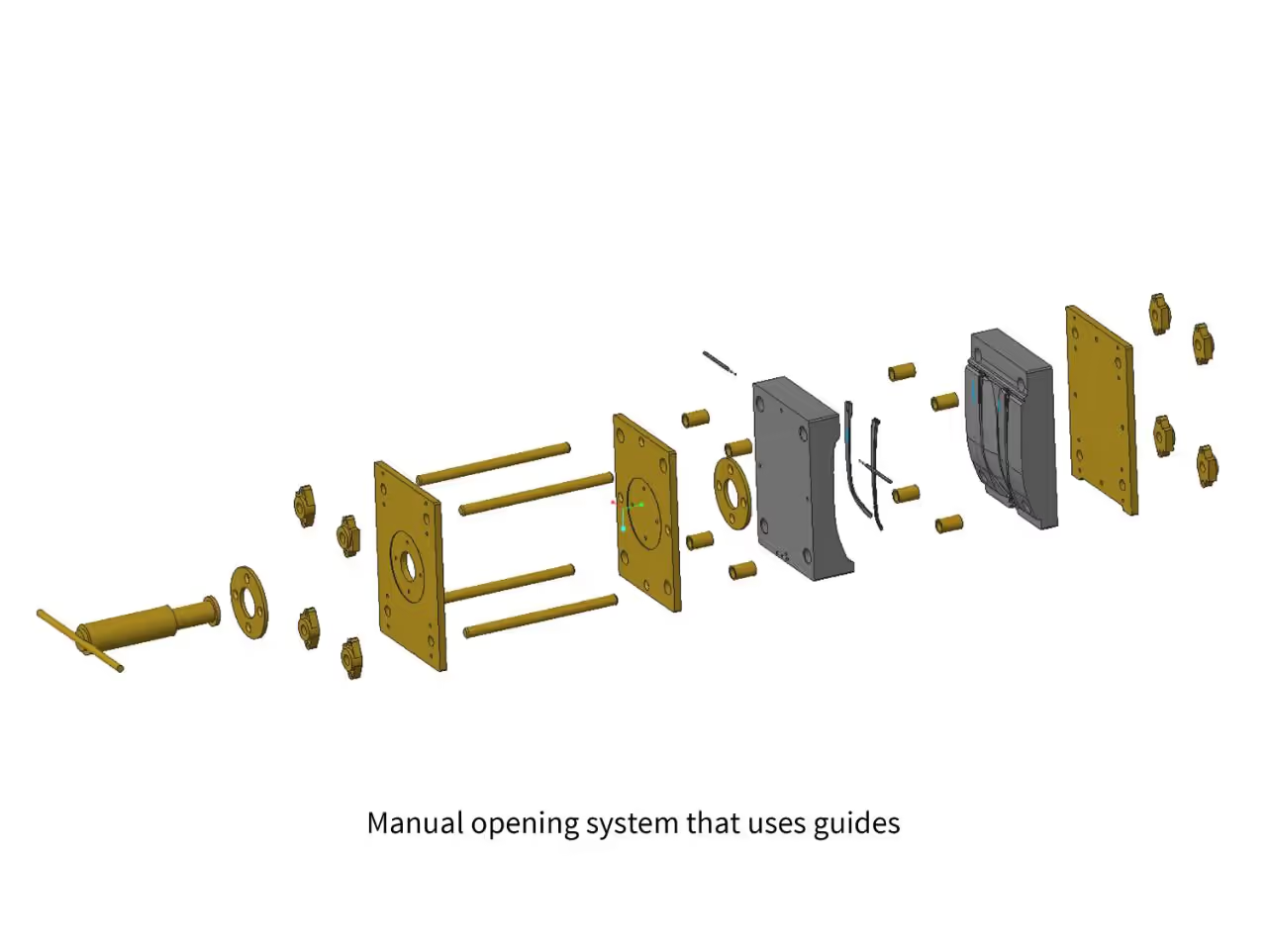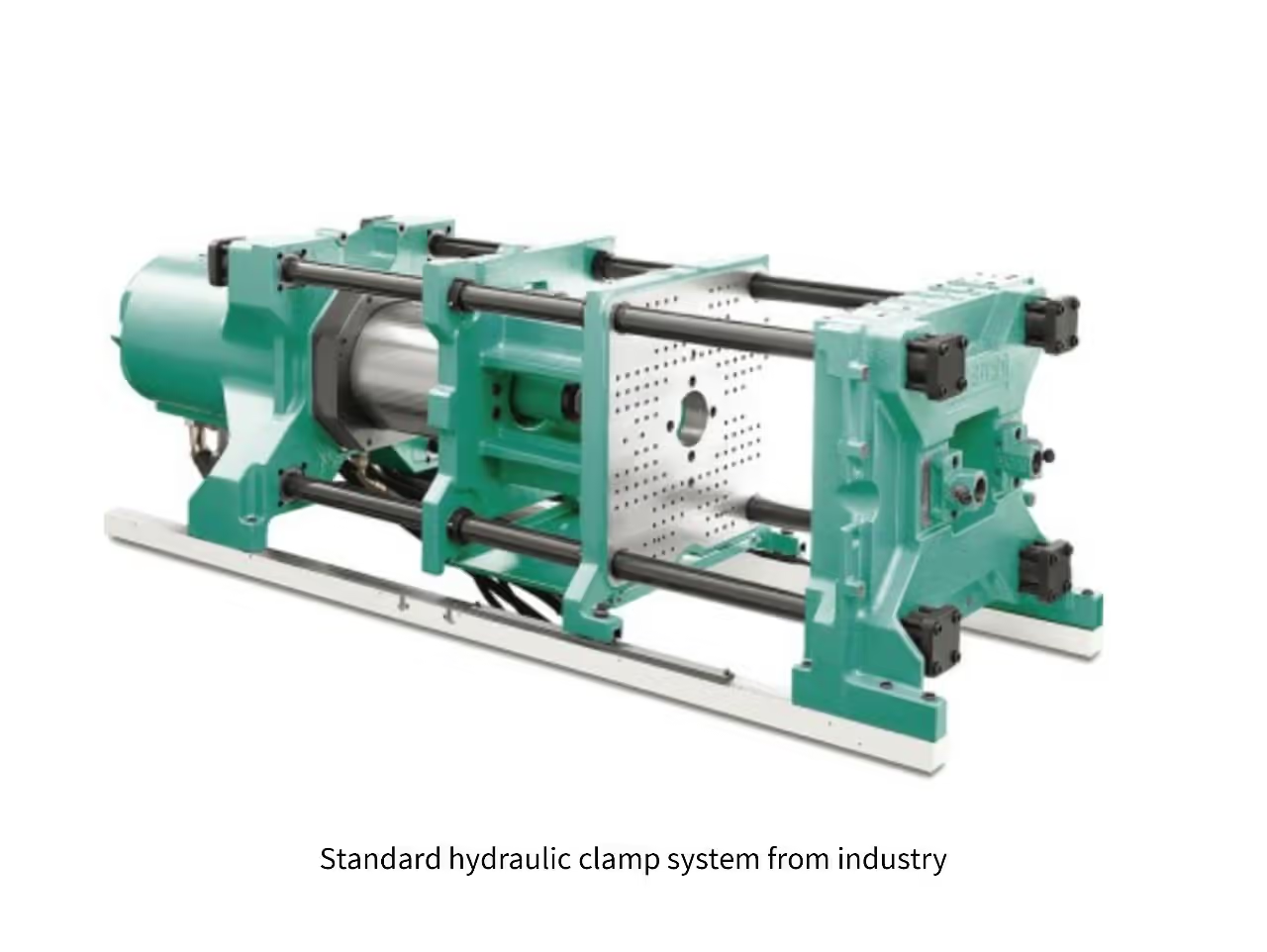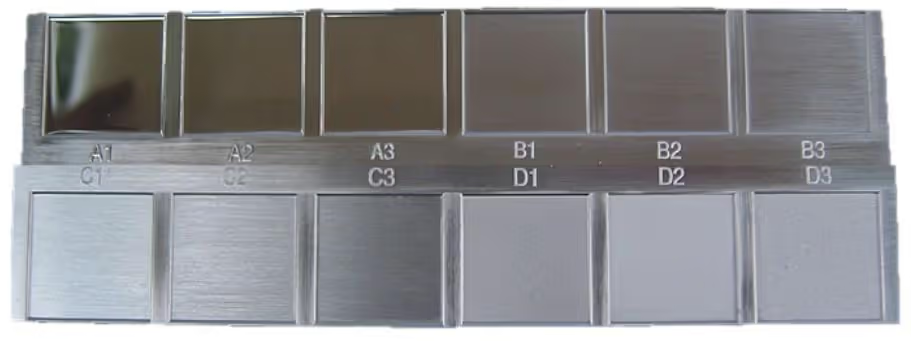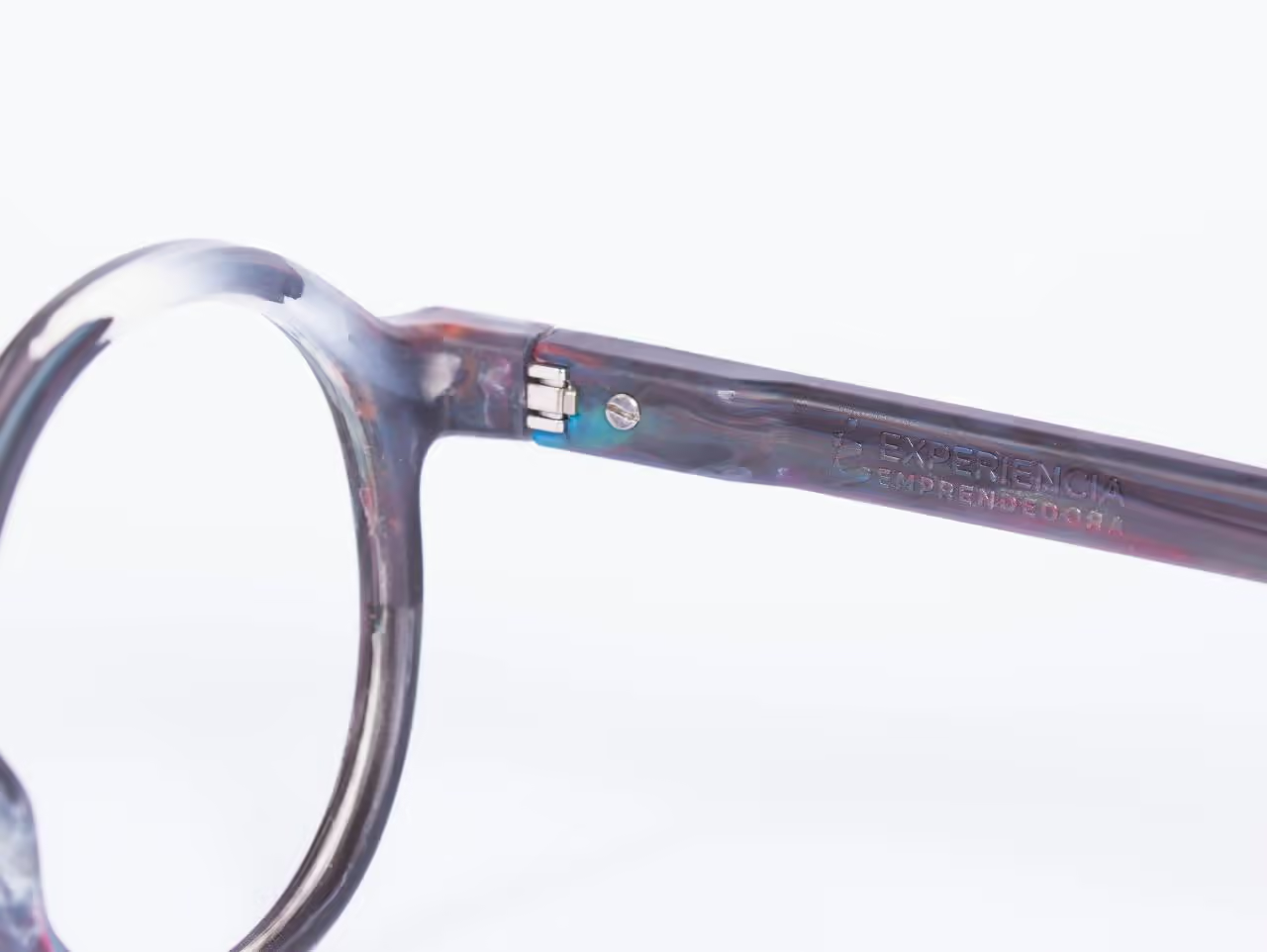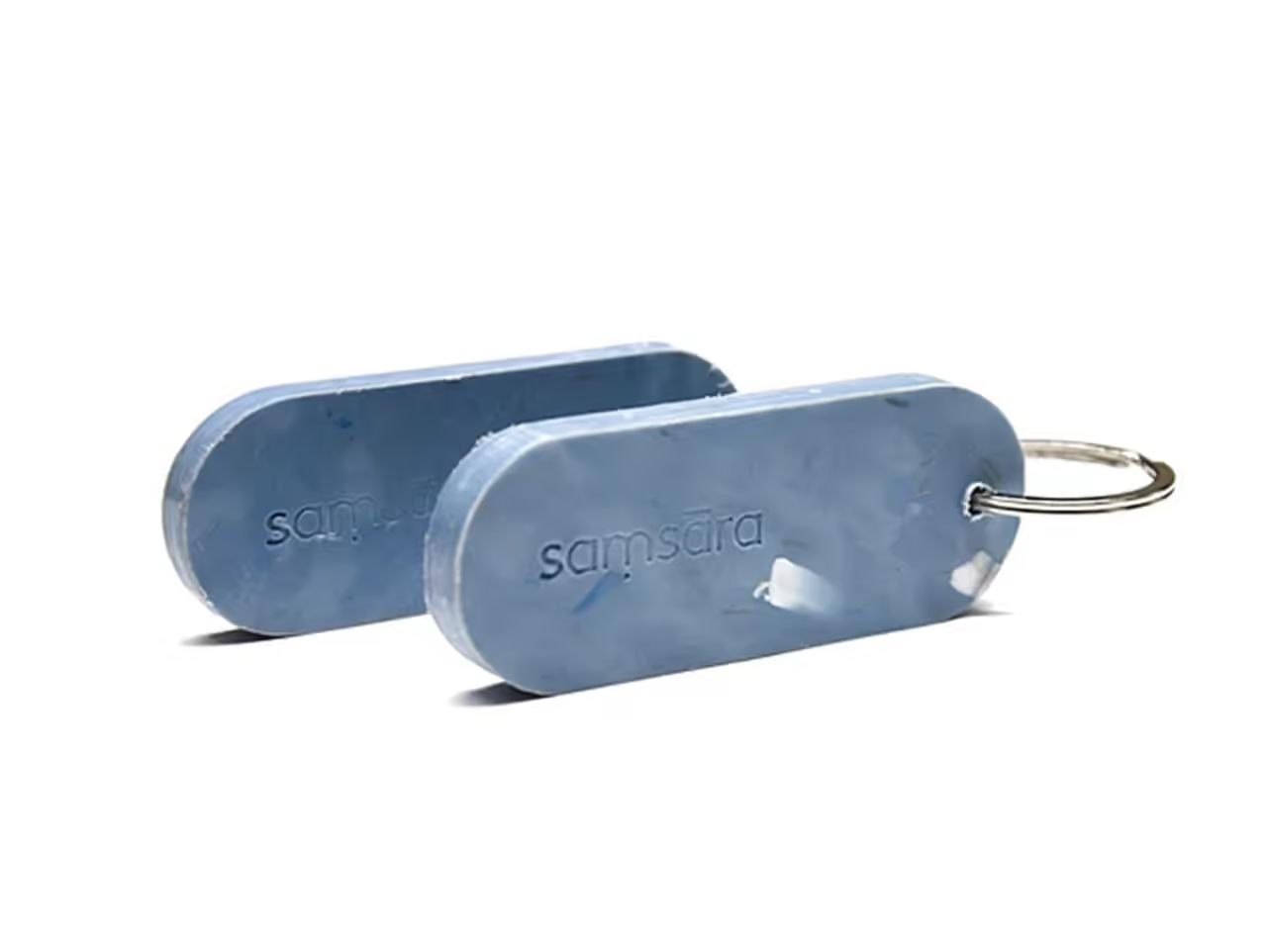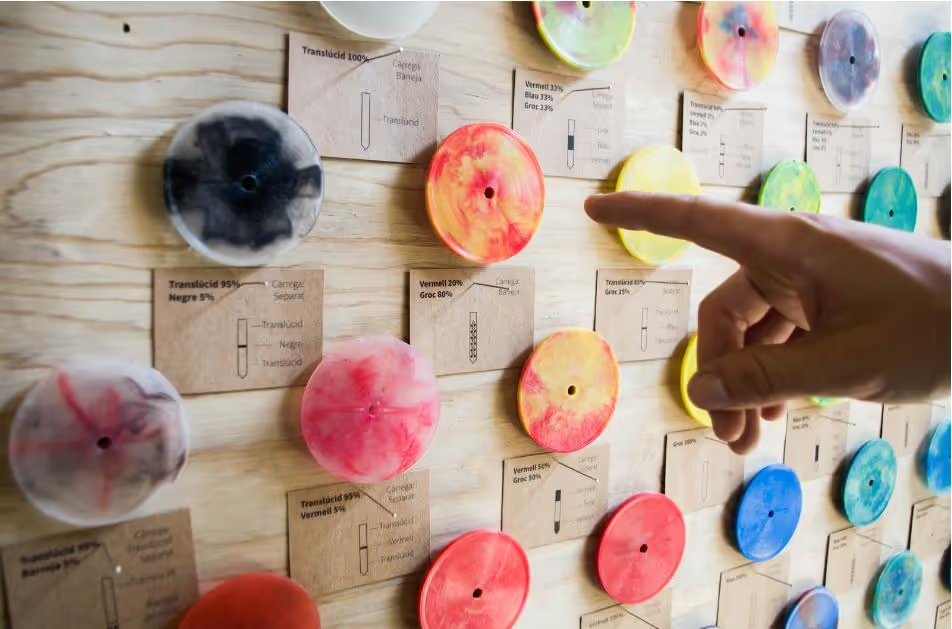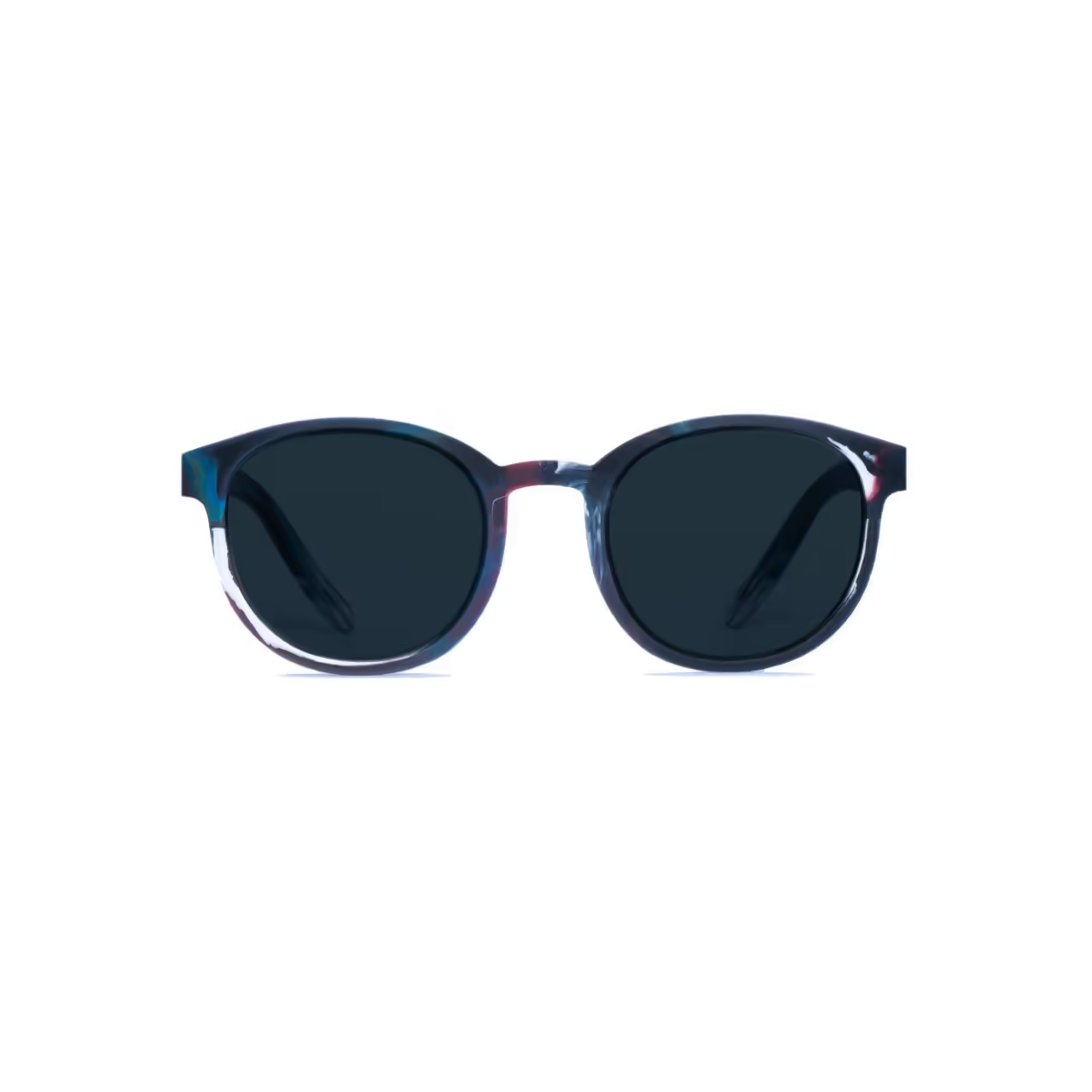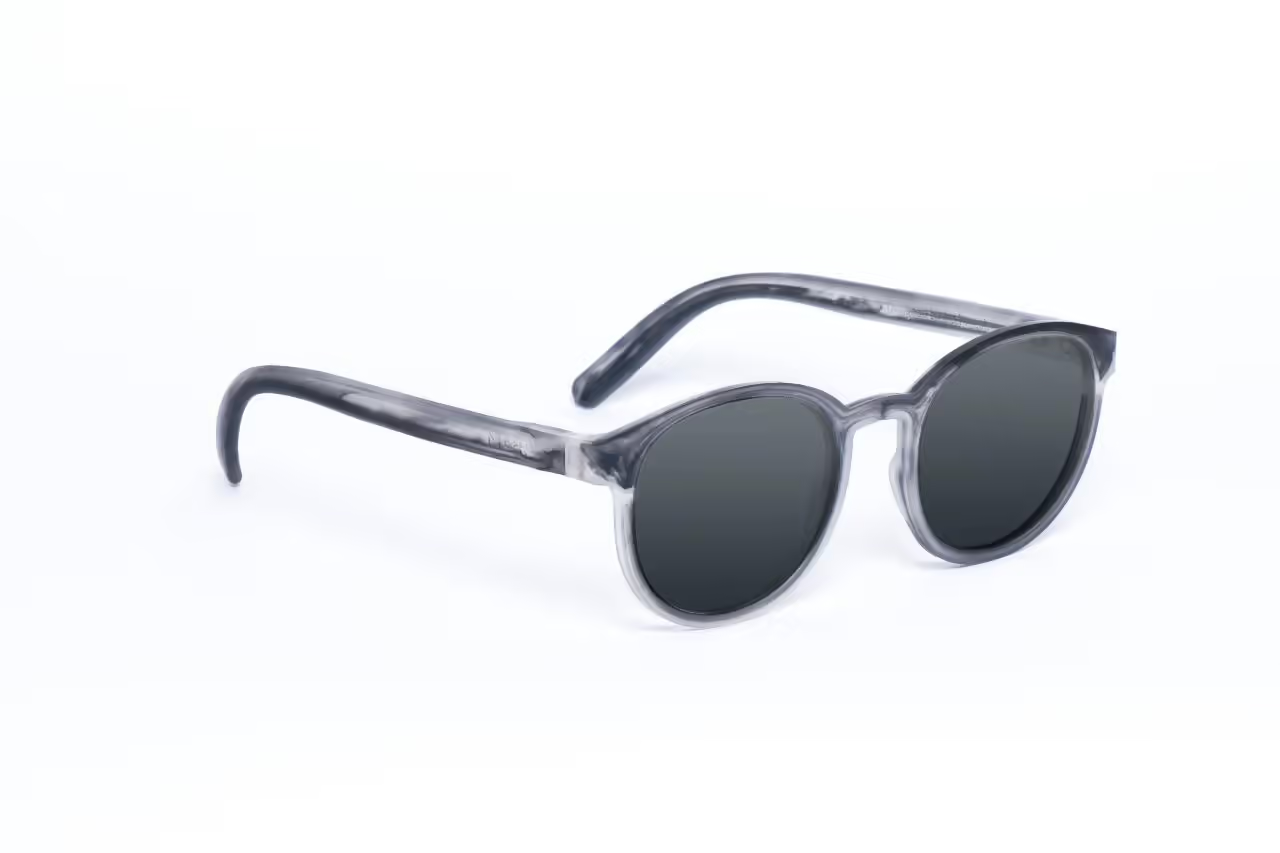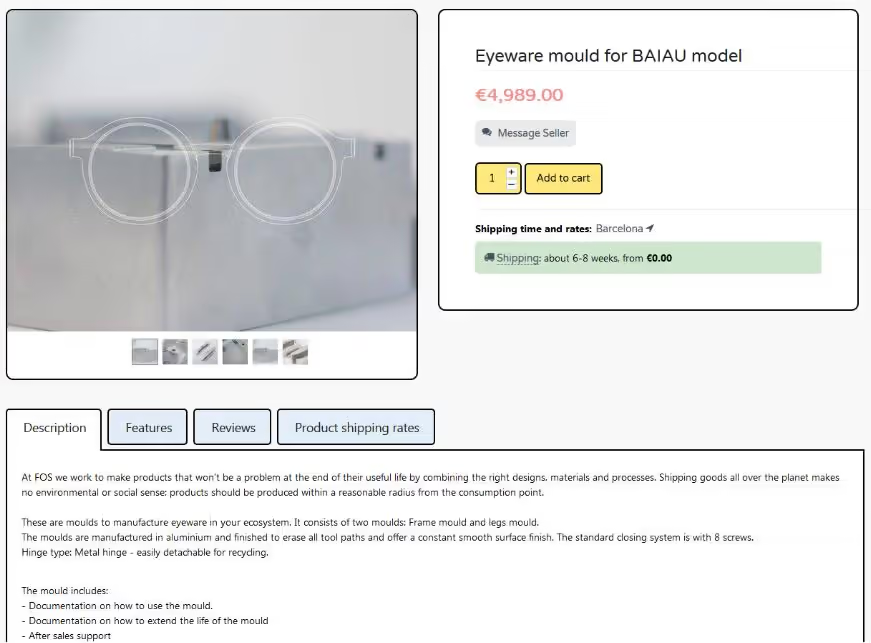For the past five years, Esfèrica has focused on maintaining the value of waste plastics. Our project, FOS Barcelona, produces eyewear from local waste and provides molds for others to produce them locally, promoting distributed design.
This guide shares insights from our experience.
1: Requirements 2-5: Sunglasses Design 6-10: Mold Design
Table of Contents
-
To complete the process independently, you will need:
- A defined model concept.
- A computer with CAD software experience.
- Access to a quality CNC milling machine or a manufacturing partner.
- An injection machine.
Let's proceed with the steps.
-
When designing eyewear, you can either choose bold designs aimed at a niche audience or opt for classic styles for broader appeal. Your decision depends on your goals. Once your target is set, you will need to make decisions about various components, as outlined in the following steps.
-
Metal hinges: Common options include riveted (fixed with rivets), in-mold (placed before injection), screwed-in (attached post-injection with screws), and fused (secured post-injection with heat). Screw-in hinges are the easiest to detach after the product's lifespan.
Plastic hinges: See next step.
-
Plastic hinges can be manufactured using molds. This method avoids material mixtures and can offer durability comparable to metal hinges if designed correctly. However, the perceived quality might be a concern when creating products for sale, as perceptions can vary globally and are not always aligned with actual quality.
-
There is a wide variety of lenses available. Your choice depends on the intended use and type of eyewear. The main types are:
- Polycarbonate: Suitable for sports and action eyewear due to durability.
- CR-39 (polymer): The most common type of lens.
- Mineral: Glass lenses, used less frequently due to weight and fragility, but offer high scratch resistance.
-
Certainly.
For eyewear design, the curvature of the frame is determined by the "Base" value. A higher base number results in a smaller curvature diameter. Base 9 is typical for sports eyewear, providing a snug fit to protect the eyes, while base 2 is used for fashion eyewear with a nearly flat appearance.
Previously, our Classic model featured a base of 6, whereas our new models utilize a base of 4.
-
Designing Molds for Eyewear
When creating molds for eyewear using specific machinery, it is crucial to balance costs and mold quality. Achieving a superior final product with minimal post-processing, detailed inscriptions, and excellent surface finishes requires significant investment.
For testing, you can produce molds more rapidly with simpler machines, offering considerable savings. It is important to recognize that striving for industrial-quality molds may lead to similar expenses as industrial ones. Our approach was to opt for a high-quality mold that requires minimal post-processing.
-
If choosing a cheaper mold, place parting lines at the edges to simplify post-processing and achieve satisfactory results.
For high-quality molds, the placement of parting lines is less critical as minimal post-processing, such as slight polishing, may be needed. Design choices can guide your decision. The images illustrate how to obscure parting lines with a rounding technique, which increases mold cost—particularly for small features requiring multiple tool changes and additional time—or how to maintain a simple design.
-
Closing System: Complexity Overview
A closing system enabling quicker production can be expensive. The clamping pressure in an injection mold is crucial for optimal results and mold longevity. Finding a system that is affordable, accommodates frequent mold changes, and provides adequate, evenly distributed pressure is challenging.
Simple screws are a budget-friendly solution, offering excellent clamping pressure when correctly positioned. However, they may slow down the process of opening and closing the mold. We suggest beginning with screws to assess your actual requirements before considering other options.
-
Surface Finishing Options for Molds
-
Tool Paths: Leaving tool paths is cost-effective and allows for creative patterns by altering cutting directions.
-
Bead Blasting: Provides an even surface at a low cost but lacks a shiny finish. Standards vary regionally, so consult your manufacturing partner for guidance.
-
Polishing: Achieves the smoothest finish but is the most expensive. Choose the appropriate grade for your needs.
-
-
To finish your product, consider adding inscriptions to ensure recipients know its origin. Two main methods are:
-
Milling a logo or inscription. This approach limits production to one brand, but allows for high-quality inscriptions with minimal effort or time. The image shows molds made for Experiencia Emprendedora in Argentina.
-
Using pressure-marking to imprint logos and inscriptions. While the quality is lower, this method allows the mold to be used for multiple projects and brands as you establish your brand, if desired.
-
-
Once you comprehend the process, adjust it to suit your machines, molds, and products to achieve your objectives. Automation may be beneficial as sales become consistent. Pay close attention to color formulas for your products.
-
Distributed Eyewear Production
At FOS, we enable local production of our eyewear designs, reducing the need for individual product shipments. We offer resources and moulds to facilitate this process, allowing the manufacture of eyewear products anywhere.
Distributed design is an impactful approach that we support through our offerings. For more details on our packages, please visit our website.
Contact
- Website: fosbarcelona.com
- Instagram: instagram.com
Required Tools
- Molds for eyewear production (fosbarcelona.com)
- Screw-based clamping systems (budget-friendly)
- Bead blasting equipment (for surface finishing)
- Polishing tools (high-grain for smooth finishes)
- Pressure-marking tools (for multi-brand compatibility)
Required Software
- CAD software (for eyewear and mold design)
Required Hardware
- CNC milling machine (for mold production or prototyping)
- Injection molding machine (for frame production)
- Milling machine (for logo/inscription engraving)
- Industrial-quality mold equipment (minimal post-processing)
- Heat-based systems (for fused hinges)
Citations are omitted as no direct external sources beyond the provided text are referenced.
Articles
- Bridging the gap between 3D printing and small scale batch production with open-source plastic recycling machines [1]
- Eyewear and Hard Plastics - PVH – Tommy Hilfiger [2]
- Discover MODO and Eco Eyewear: Where Style Meets Sustainability [5]
- DIY Injection Molding: How to Mold Plastic Parts In-House - Formlabs [7]
- FOS lets you handcraft your own sunglasses from 100% recycled plastic [8]
- ~~Sustainable Luxury: The Growing Importance of Eco-Friendly Eyewear~~ [9]
- How Precision Plastic Injection Molding Shapes Optic Lenses [10]
- MODO Eyewear | Designer Frames at North Country Eye Care [11]
- Plastic Optics: Specifying Injection-Molded Polymer Optics [12]
- Eco Eyewear | Sustainable and timeless [13]
- Eyewear Design And Development Looking beyond logos and ... [14]
- Jacob Hamman -- How to Make (almost) Anything - MIT Fab Lab [15]
